Borghi abbandonati in Liguria. Valorizzazione turistica e trasformazione del senso del luogo
Abstract
La Liguria è terra ricca di borghi costieri, per i quali è famosa in tutto il mondo, ma conta anche numerosi centri sparsi nell’entroterra, almeno fin dove la ripidità dei colli ne ha permesso l’insediamento. Borghi legati a un’economia di sussistenza basata sullo sfruttamento dei boschi di castagno, sulla coltivazione su terrazzamenti o sullo sfruttamento delle risorse minerarie. Formati da un semplice agglomerato di case, a causa delle caratteristiche del territorio e delle scarse risorse che potevano sostentare un ridotto numero di famiglie, hanno rivestito un ruolo fondamentale per la creazione e manutenzione del paesaggio ligure. Un equilibrio che si è mantenuto almeno fino alla fine del XIX secolo quando, da una parte alcuni forti terremoti e dall’altra il tumultuoso sviluppo industriale e portuale delle città costiere - con il conseguente richiamo di manodopera - hanno portato le popolazioni a spostarsi e, in molti casi, a svuotare l’entroterra. Casi esemplari di queste circostanze sono la vicenda del borgo di Balestrino in provincia di Savona, evacuato per la franosità del terreno e per il terremoto del 1887 e quella dei piccoli nuclei rurali alle spalle della città di Genova abbandonati intorno agli anni 50-60 del Novecento. Le ricette per il recupero di questi centri sono diverse ma una riflessione efficace deve andare alla radice della questione: il cambiamento di ruolo e di senso di un bene culturale che entri a far parte del circuito economico dell’industria turistica.
Abandoned Villages in Liguria. Tourist Development and Transformation of the Sense of Place
Liguria is a land rich in coastal villages, for which it is famous all over the world. Still, it has numerous centers scattered inland, perhaps less visible, where the steepness of the hills has allowed the settlement. A subsistence economy characterized these centers; it was based on the exploitation of the chestnut woods, on cultivation on terraces or the exploitation of
mineral resources. They usually were formed only by an agglomeration of a few houses, but they played a fundamental role in the creation and maintenance of the Ligurian landscape. A balance persisting at least until the end of the nineteenth century when, on the one hand, some strong earthquakes and, on the other, the tumultuous industrial and port development of the cities of Genoa, Savona and La Spezia – with the consequent recall of workforce – have led people to move and in many cases to empty the hinterland. Exemplary cases of these circumstances are the village of Balestrino in the province of Savona, evacuated by the landslide of the land and the earthquake of 1887, and the small rural areas behind the city of Genoa abandoned around the 50s-60s of the Twentieth century when the few inhabitants, who worked in the city, no longer endured the lack of a connection with the city. The recipes are different, but a useful reflection must go to the root of the question: the change of role and meaning of Cultural Heritage when it becomes part of the economic circuit and the tourist industry.
Parole chiave
Full Text
PDFDOI: https://doi.org/10.14633/AHR253
Refback
- Non ci sono refbacks, per ora.
Copyright (c) 2020 Lucina Napoleone

This work is licensed under a Creative Commons Attribution-NonCommercial 4.0 International License.
........................................................................................................................................................................................................................................................................................................................................................
ArcHistoR è una rivista open access e peer reviewed (double blind), di Storia dell’architettura e Restauro, pubblicata con cadenza semestrale dall'Università Mediterranea di Reggio Calabria (Laboratorio CROSS - Storia dell'architettura e Restauro, dAeD - Dipartimento di Architettura e Design).
ISSN 2384-8898
![]()

Comitato scientifico internazionale
Maria Dolores Antigüedad del Castillo-Olivares, Monica Butzek, Jean-François Cabestan, Alicia Cámara Muñoz, David Friedman, Alexandre Gady, Jörg Garms, Miles Glenndinning, Mark Wilson Jones, Loughlin Kealy, Paulo Lourenço, David Marshall, Werner Oechslin, José Luis Sancho, Dmitrij O. Švidkovskij
Comitato direttivo
Tommaso Manfredi (direttore responsabile), Giuseppina Scamardì (direttrice editoriale), Antonello Alici, Salvatore Di Liello, Fabrizio Di Marco, Paolo Faccio, Mariacristina Giambruno, Bruno Mussari, Annunziata Maria Oteri, Francesca Passalacqua, Edoardo Piccoli, Renata Prescia, Nino Sulfaro, Fabio Todesco, Guglielmo Villa
 .
. 


2.jpg)
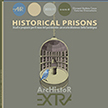
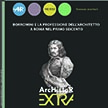


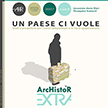
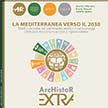
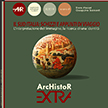

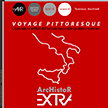
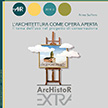
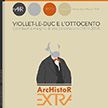
_2.jpg) .
. 
 .
. 

